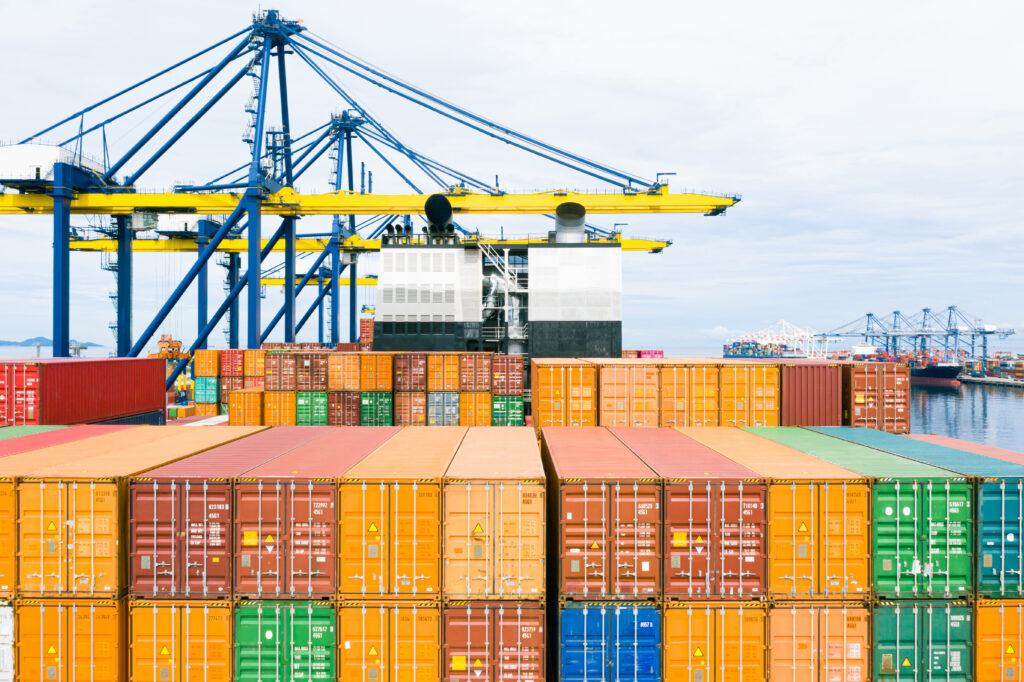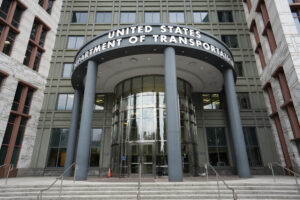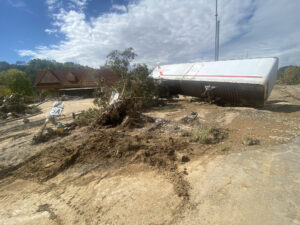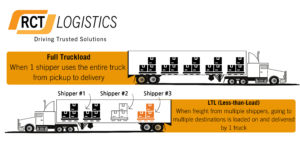Shipping Across Our Northern Border
International supply chains are currently in a unique situation. There is specifically quite a bit of uncertainty with freight to Canada. Here is what we know from shipping across our northern border over the last few weeks.
Border Delays
Many Shippers are rushing to get their products across the border before the tariff increase goes into full effect on April 2nd. Because of this scramble, we are seeing long delays at border crossings. Weather is also impacting intermodal operations for ports all across North America, Halifax, and Vancouver are seeing significant delays as reported by Freight Waves.
Capacity Strains
According to RCT’s General Manager, Tim, “We are seeing an uptick in general and seasonal freight. Paired with the rush of Canadian freight, this is creating the potential for strains on capacity which could increase freight costs.” Many believe this may be short-term but it is also an unprecedented situation.
Security
As capacity is tested a Broker or Shipper needs to be more cautious. Currently, there is widespread fraud with freight going into Canada. There are many ways to prevent fraud however we have found communication is critical. One must ensure the correct information is used in the customs Pre-Arrival Review System (PARS). The Broker must convey to the Shipper and Carrier that the Carrier MC number of the vehicle must match the PARS system upon crossing. This should proactively prevent potential fraud and reduce delays when shipping across our northern border.
Our Takeaways
- Don’t panic. Watch the market, and communicate clearly and openly.
- Plan ahead and adjust supply chain strategies as the market fluctuates to avoid delays and additional costs.
- Capitalize on trusted relationships to maximize cost savings and ensure reliable delivery.
Do you need help with international shipments?
Email our team at rates@rctlogistics.com.








